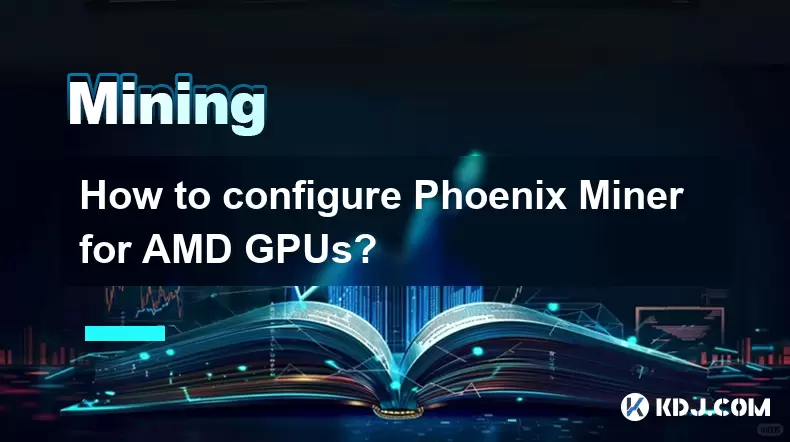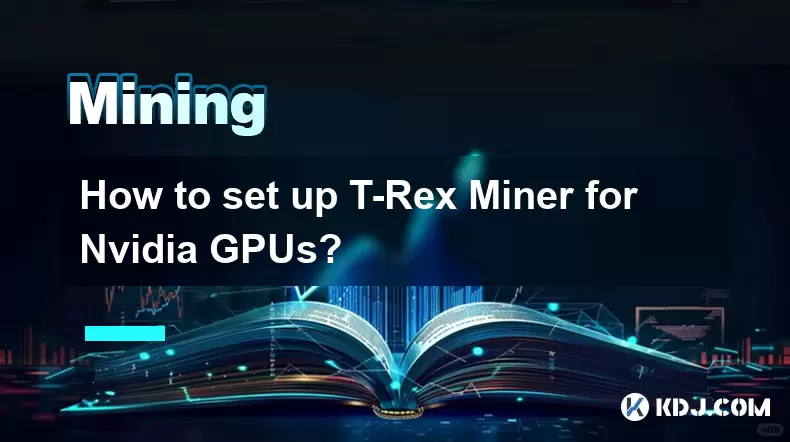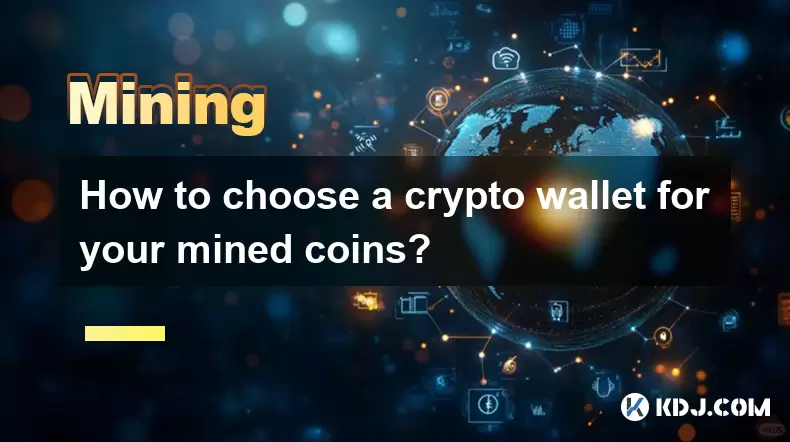-
 Bitcoin
Bitcoin $117800
0.49% -
 Ethereum
Ethereum $4432
0.55% -
 XRP
XRP $3.106
1.07% -
 Tether USDt
Tether USDt $1.001
0.01% -
 BNB
BNB $835.8
1.74% -
 Solana
Solana $189.1
2.72% -
 USDC
USDC $0.9999
-0.01% -
 Dogecoin
Dogecoin $0.2302
3.65% -
 TRON
TRON $0.3485
-0.69% -
 Cardano
Cardano $0.9212
-0.91% -
 Hyperliquid
Hyperliquid $46.97
1.45% -
 Chainlink
Chainlink $22.77
5.61% -
 Stellar
Stellar $0.4284
0.82% -
 Sui
Sui $3.766
2.82% -
 Bitcoin Cash
Bitcoin Cash $583.5
-0.82% -
 Ethena USDe
Ethena USDe $1.001
0.03% -
 Hedera
Hedera $0.2512
2.78% -
 Avalanche
Avalanche $24.18
2.27% -
 Litecoin
Litecoin $120.2
2.10% -
 Toncoin
Toncoin $3.450
1.96% -
 UNUS SED LEO
UNUS SED LEO $9.412
-0.92% -
 Shiba Inu
Shiba Inu $0.00001298
2.35% -
 Uniswap
Uniswap $10.99
3.75% -
 Polkadot
Polkadot $3.962
3.09% -
 Dai
Dai $1.000
0.00% -
 Bitget Token
Bitget Token $4.643
1.38% -
 Cronos
Cronos $0.1511
-0.08% -
 Ethena
Ethena $0.7246
3.18% -
 Monero
Monero $254.9
7.90% -
 Pepe
Pepe $0.00001100
3.32%
How much can you make from Bitcoin mining in a day? Detailed explanation of the relationship between computing power and revenue
Bitcoin mining earnings depend on computing power; higher hashrates increase chances of solving puzzles and earning more BTC daily.
Jun 03, 2025 at 08:49 pm

How much can you make from Bitcoin mining in a day? Detailed explanation of the relationship between computing power and revenue
Bitcoin mining has become a popular way for individuals and organizations to earn cryptocurrency. However, the potential earnings from mining can vary significantly based on several factors, including the amount of computing power (hashrate) a miner has at their disposal. In this article, we will delve into the details of how much one can make from Bitcoin mining in a day and the crucial relationship between computing power and revenue.
Understanding Bitcoin Mining
Bitcoin mining is the process by which transactions are verified and added to the public ledger, known as the blockchain. Miners use powerful computers to solve complex mathematical problems, and in return, they are rewarded with newly minted bitcoins and transaction fees. The more computing power a miner has, the higher their chances of solving these problems and earning rewards.
Factors Affecting Daily Earnings
Several factors influence how much a miner can make in a day. These include:
- Computing Power (Hashrate): The total computational power used to mine bitcoins, measured in hashes per second (H/s).
- Mining Difficulty: A measure of how difficult it is to find a new block, adjusted every 2016 blocks or approximately every two weeks.
- Bitcoin Price: The current market value of a single bitcoin.
- Electricity Costs: The cost of electricity to run mining equipment.
- Mining Pool Fees: Fees charged by mining pools, which are groups of miners that work together to increase their chances of earning rewards.
The Role of Computing Power in Mining Revenue
Computing power is one of the most critical factors in determining a miner's daily earnings. The higher the hashrate, the more likely a miner is to solve the cryptographic puzzle required to add a new block to the blockchain. When a miner successfully adds a block, they receive the block reward, which is currently set at 6.25 bitcoins per block, along with any transaction fees included in the block.
To illustrate the relationship between computing power and revenue, let's consider a hypothetical example:
- Scenario 1: A miner with a hashrate of 100 TH/s (terahashes per second).
- Scenario 2: A miner with a hashrate of 1,000 TH/s.
In Scenario 1, the miner with 100 TH/s has a lower chance of solving the puzzle compared to the miner with 1,000 TH/s in Scenario 2. As a result, the miner in Scenario 2 is likely to earn more bitcoins per day due to their higher computing power.
Calculating Daily Earnings
To calculate daily earnings from Bitcoin mining, miners need to consider their hashrate, the current mining difficulty, the block reward, and the Bitcoin price. Here is a step-by-step process to estimate daily earnings:
- Determine your hashrate: Measure the total hashrate of your mining equipment in TH/s.
- Check the current mining difficulty: This information is publicly available and can be found on various blockchain explorers.
- Find the current block reward: As of now, it is 6.25 BTC per block.
- Check the current Bitcoin price: This can be found on cryptocurrency exchanges.
- Use a mining calculator: Input your hashrate, the current mining difficulty, block reward, and Bitcoin price into a mining calculator to estimate your daily earnings.
For example, if a miner has a hashrate of 1,000 TH/s, the current mining difficulty is 20 trillion, the block reward is 6.25 BTC, and the Bitcoin price is $30,000, the daily earnings can be calculated as follows:
- Daily Earnings (BTC): (Hashrate / Network Hashrate) (Blocks per Day Block Reward)
- Daily Earnings (USD): Daily Earnings (BTC) * Bitcoin Price
Impact of Mining Difficulty on Revenue
Mining difficulty is adjusted to ensure that a new block is added to the blockchain approximately every 10 minutes. When more miners join the network and the total hashrate increases, the mining difficulty goes up to maintain this 10-minute block time. Conversely, if the total hashrate decreases, the mining difficulty decreases.
An increase in mining difficulty can significantly impact a miner's daily earnings. If the difficulty doubles, a miner's chances of solving the puzzle and earning the block reward are halved, assuming their hashrate remains constant. Therefore, miners need to continuously upgrade their equipment to maintain or increase their revenue.
The Role of Electricity Costs
Electricity costs are another crucial factor in determining the profitability of Bitcoin mining. Mining equipment consumes a significant amount of electricity, and the cost of this electricity can eat into a miner's profits. Miners need to calculate their electricity costs per kilowatt-hour (kWh) and compare them to their expected daily earnings to determine if mining is profitable.
For example, if a miner's daily electricity cost is $10 and their expected daily earnings from mining are $15, their net profit would be $5 per day. However, if their electricity costs rise to $20 per day, they would be operating at a loss.
Joining a Mining Pool
Many individual miners join mining pools to increase their chances of earning rewards. Mining pools are groups of miners who combine their computing power to solve the cryptographic puzzle more efficiently. When a pool successfully mines a block, the rewards are distributed among the members based on their contribution to the pool's total hashrate.
Joining a mining pool can provide more consistent daily earnings compared to solo mining. However, miners need to consider the fees charged by the pool, as these can reduce their net profits. Pool fees typically range from 1% to 3% of the total rewards earned.
FAQs
Q1: Can I mine Bitcoin profitably with a regular computer?
A1: Mining Bitcoin profitably with a regular computer is extremely challenging due to the high hashrate required. Regular computers have significantly lower computing power compared to specialized mining rigs, making it difficult to compete with other miners and earn a profit.
Q2: How does the block reward halving affect daily earnings?
A2: The block reward halving, which occurs approximately every four years, reduces the number of bitcoins awarded for mining a new block by half. This event can significantly impact daily earnings, as miners receive fewer bitcoins for the same amount of work. Miners need to adjust their strategies and potentially upgrade their equipment to maintain profitability after a halving.
Q3: Are there any other cryptocurrencies that can be mined profitably?
A3: Yes, there are other cryptocurrencies that can be mined profitably, depending on the miner's equipment and the current market conditions. Some examples include Ethereum, Litecoin, and Monero. Miners should research the specific requirements and potential profitability of mining different cryptocurrencies before investing in equipment.
Q4: How can I reduce my electricity costs for mining?
A4: To reduce electricity costs for mining, miners can consider several strategies, such as relocating to areas with lower electricity rates, using energy-efficient mining equipment, and taking advantage of off-peak electricity hours. Additionally, some miners use renewable energy sources, such as solar or wind power, to minimize their electricity expenses.
Disclaimer:info@kdj.com
The information provided is not trading advice. kdj.com does not assume any responsibility for any investments made based on the information provided in this article. Cryptocurrencies are highly volatile and it is highly recommended that you invest with caution after thorough research!
If you believe that the content used on this website infringes your copyright, please contact us immediately (info@kdj.com) and we will delete it promptly.
- Kazakhstan's Crypto Leap: Bitcoin ETF and Central Asia's Digital Finance Future
- 2025-08-13 12:45:19
- BlockDAG Presale Blazes Past $371M: Fundraising Frenzy Fuels Crypto Sensation
- 2025-08-13 13:05:21
- Meme Coins: Chasing the 2025 Surge – Which Will Moonshot?
- 2025-08-13 10:25:23
- Bitcoin's Wild Ride: Rally, Pullback, and What's Next
- 2025-08-13 10:25:23
- Bitcoin, Bitmax, and Institutional Demand: A New Era of Crypto Investment
- 2025-08-13 10:45:12
- Solana, ROAM, and Airdrops: What's the Buzz in 2025?
- 2025-08-13 11:35:13
Related knowledge

How to configure Phoenix Miner for AMD GPUs?
Aug 11,2025 at 03:21am
Understanding Phoenix Miner and Its Compatibility with AMD GPUsPhoenix Miner is a lightweight, high-performance Ethereum mining software designed for ...

How to set up T-Rex Miner for Nvidia GPUs?
Aug 10,2025 at 12:07am
Understanding T-Rex Miner and Its Compatibility with Nvidia GPUsT-Rex Miner is a high-performance mining software designed specifically for Nvidia GPU...

What is "proof-of-work" and how does it relate to mining?
Aug 07,2025 at 02:03pm
Understanding the Concept of Proof-of-WorkProof-of-work (PoW) is a consensus mechanism used in blockchain networks to validate transactions and secure...

How to choose a crypto wallet for your mined coins?
Aug 13,2025 at 11:36am
Understanding the Types of Crypto Wallets for Mined CoinsWhen selecting a crypto wallet for your mined coins, the first step is to understand the diff...

What are the differences between mining on Windows vs. Linux?
Aug 06,2025 at 11:29pm
Overview of Cryptocurrency Mining PlatformsCryptocurrency mining involves using computational power to solve complex cryptographic puzzles and validat...

How to use an old computer for cryptocurrency mining?
Aug 07,2025 at 12:42pm
Understanding the Feasibility of Using an Old Computer for MiningUsing an old computer for cryptocurrency mining may seem outdated, but it is still te...

How to configure Phoenix Miner for AMD GPUs?
Aug 11,2025 at 03:21am
Understanding Phoenix Miner and Its Compatibility with AMD GPUsPhoenix Miner is a lightweight, high-performance Ethereum mining software designed for ...

How to set up T-Rex Miner for Nvidia GPUs?
Aug 10,2025 at 12:07am
Understanding T-Rex Miner and Its Compatibility with Nvidia GPUsT-Rex Miner is a high-performance mining software designed specifically for Nvidia GPU...

What is "proof-of-work" and how does it relate to mining?
Aug 07,2025 at 02:03pm
Understanding the Concept of Proof-of-WorkProof-of-work (PoW) is a consensus mechanism used in blockchain networks to validate transactions and secure...

How to choose a crypto wallet for your mined coins?
Aug 13,2025 at 11:36am
Understanding the Types of Crypto Wallets for Mined CoinsWhen selecting a crypto wallet for your mined coins, the first step is to understand the diff...

What are the differences between mining on Windows vs. Linux?
Aug 06,2025 at 11:29pm
Overview of Cryptocurrency Mining PlatformsCryptocurrency mining involves using computational power to solve complex cryptographic puzzles and validat...

How to use an old computer for cryptocurrency mining?
Aug 07,2025 at 12:42pm
Understanding the Feasibility of Using an Old Computer for MiningUsing an old computer for cryptocurrency mining may seem outdated, but it is still te...
See all articles

























































































